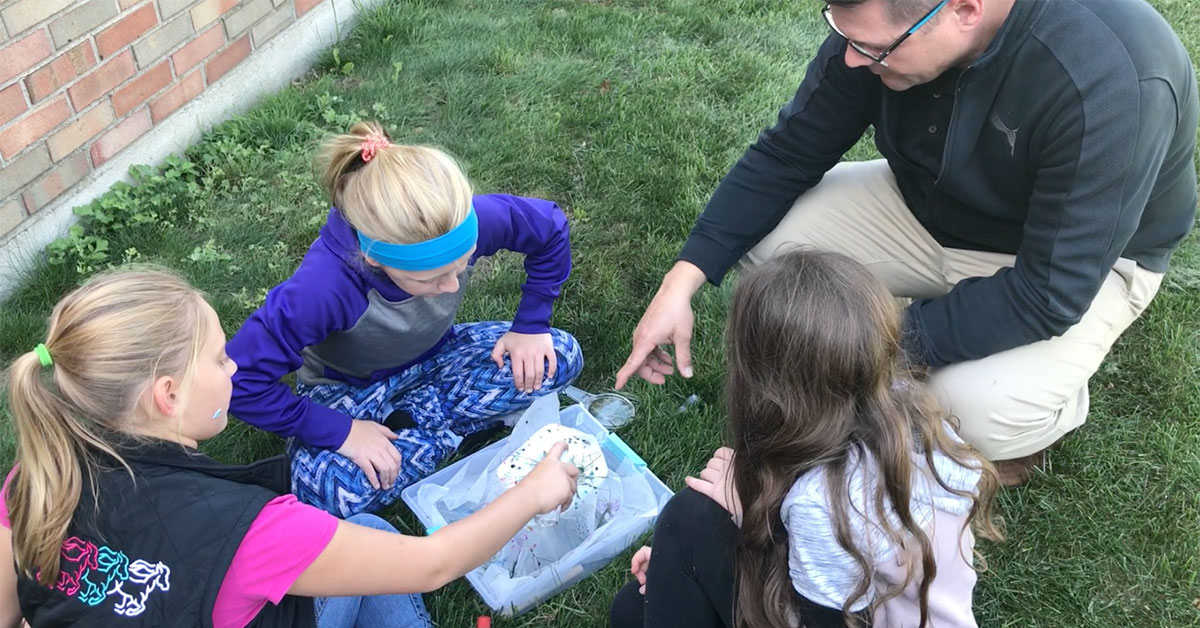Andy Losik
STEM Teacher (Hamilton Community Schools, MI)
4th Graders Improve Water Quality for a Better Planet

What makes Blue Apple unique?
I’ve been teaching for over 25 years and I love project-based learning experiences, but Blue Apple projects go beyond that. They work through the projects, and there’s a driving question, but there’s some action that takes place at the end where students are looking to see how they can actually improve the plight of other people or do something that can make a difference.
How hands-on was your Blue Apple project?
It was amazingly engaging for our students. I love that they didn’t just learn about science; they got to BE scientists. They tested water and traced our watershed and understood how runoff from the parking lot in front of our school actually will make its way eventually to the Great Lakes and then beyond. These hands-on activities helped them learn how important it is to protect our water.
What impact did your Blue Apple project have on your students?
This project allowed my students to think beyond themselves and understand that water is crucial to life all over the world. My students learned about the plight of the Navajo people in Arizona, Utah, and New Mexico, and how 40% of them do not have access to running water in their homes. Some of them drive up to 100 miles a day just to get water. It was tremendously rewarding for me to see my students truly taken aback by that, not just looking for the “right answer,” but really looking to make a difference.
How did Blue Apple lesson plans help you implement project-based learning?
Having taught a lot of different units, the Blue Apple lessons were definitely well put together and followed a logical sequence. Each activity—from building their own watershed, to water testing, to exploring outside—really felt like it was worth our kids’ time, and I could see them growing with each activity. I love how one activity built upon the next until eventually they had a really strong knowledge of the importance of access to clear water.
How did Blue Apple support students with the “4 Cs”?
As a STEM teacher, I’m always looking to develop the 4 Cs: creativity, critical thinking, collaboration, and communication. The way these activities were set up, those elements were involved in everything we did. Kids were working hands-on; they went through the engineering process. They built a meaningful model where they were able to simulate runoff and the ways erosion happens. The 4 Cs are at the core of these projects. The knowledge they developed is great, but being able to truly work on those collaboration and communication skills, that is essential.

